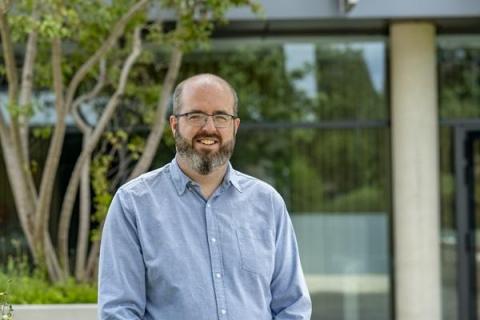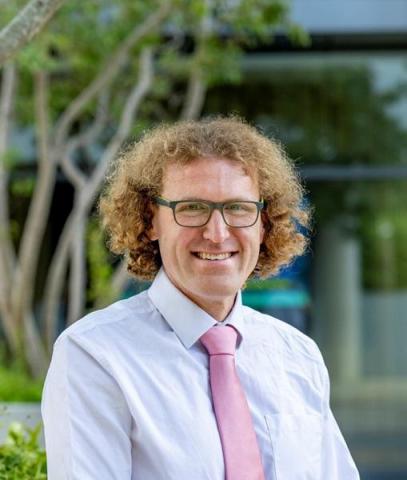About the project
Investigate the lifetime limiting effects occurring in electrospray thrusters, how they occur, and methods to alleviate them. This project will build upon the successful electrospray thruster development completed at the University of Southampton, developing one of the highest thrust electrospray thrusters in the world.
Typical high performance electric propulsion options for large satellites, such as gridded ion thrusters or Hall Effect thrusters, do not work well for nano satellites. Their efficiency falls considerably when scaled to the low power requirements of these smaller satellites, and in particular at the very low powers available on nanosatellite platforms such as CubeSats.
Electrospray thrusters are an alternative form of electric propulsion for smaller satellites. They operate through the extraction of charged particles from a liquid contained within a porous structure, through the application of a high electric field.
As well as extracting the ions, the electric field accelerates them to a high velocity, resulting in a high specific impulse from a small device. This results in them being highly applicable to nano satellites; for example the leading company within the CubeSat propulsion sector uses electrospray thruster technology, and it receiving considerable interest as a propulsion system of the future.
Currently electrospray thrusters are highly promising, but have yet to demonstrate the lifetime required for long duration operation. This is a key aspect for ion thrusters, wherein the thrust is intrinsically smaller and therefore the propulsion unit must be operated for much longer periods than higher thrust systems. This is fundamentally limiting their end use in space.
Lifetime limiting effects within electrospray thrusters include electrochemical effects, ion and droplet impingement on the electrodes, poor propellant distribution, and (indirectly) facility effects on the thruster.
To evaluate these issues, you will develop analytical models of the effects , and simulations created. Experiments will be completed within the David Fearn Electric Propulsion Laboratory, using our world-class electrospray diagnostics equipment.
You'll complete your work within the Space Propulsion Group at the University of Southampton, consisting of seven PhD students and several Research Fellows working within the area of space propulsion.
For further information, please see some of our recent publications.

